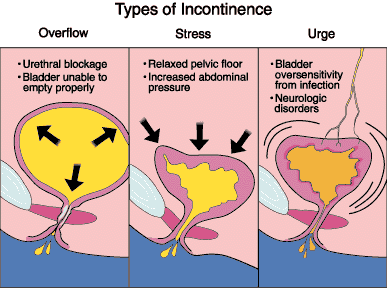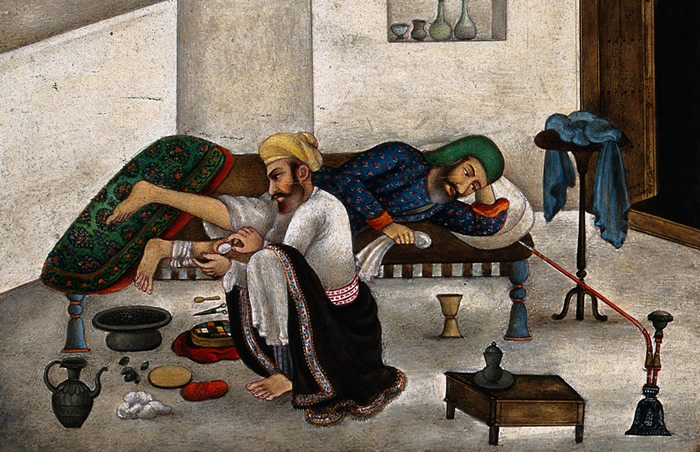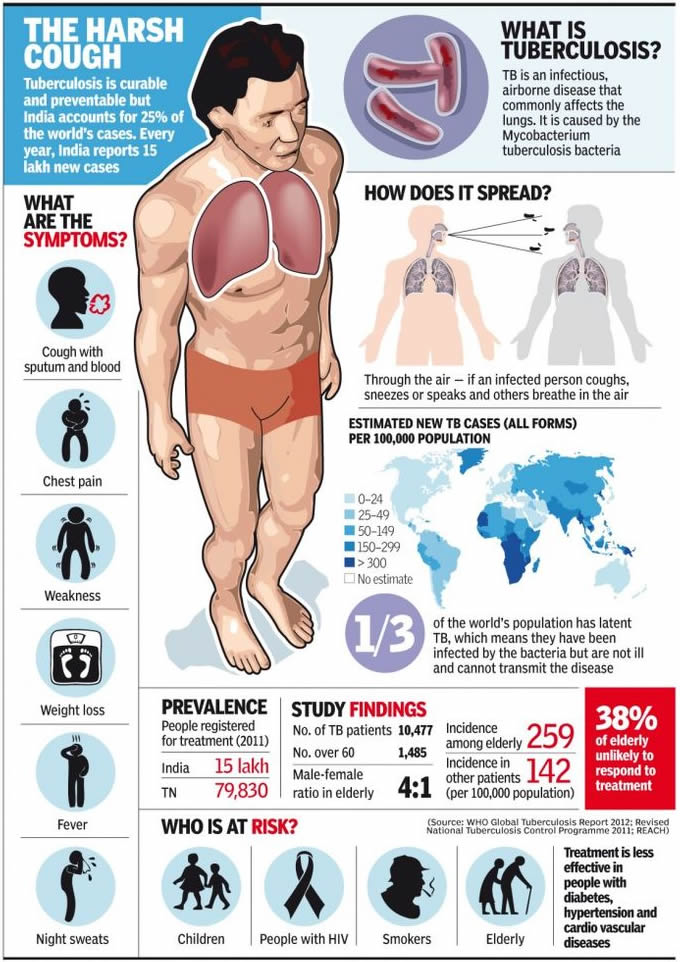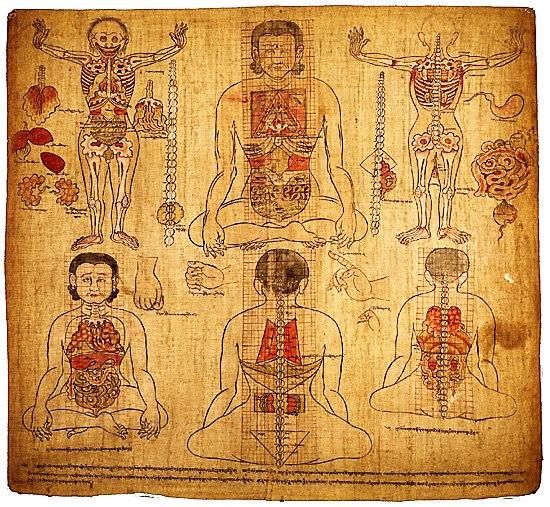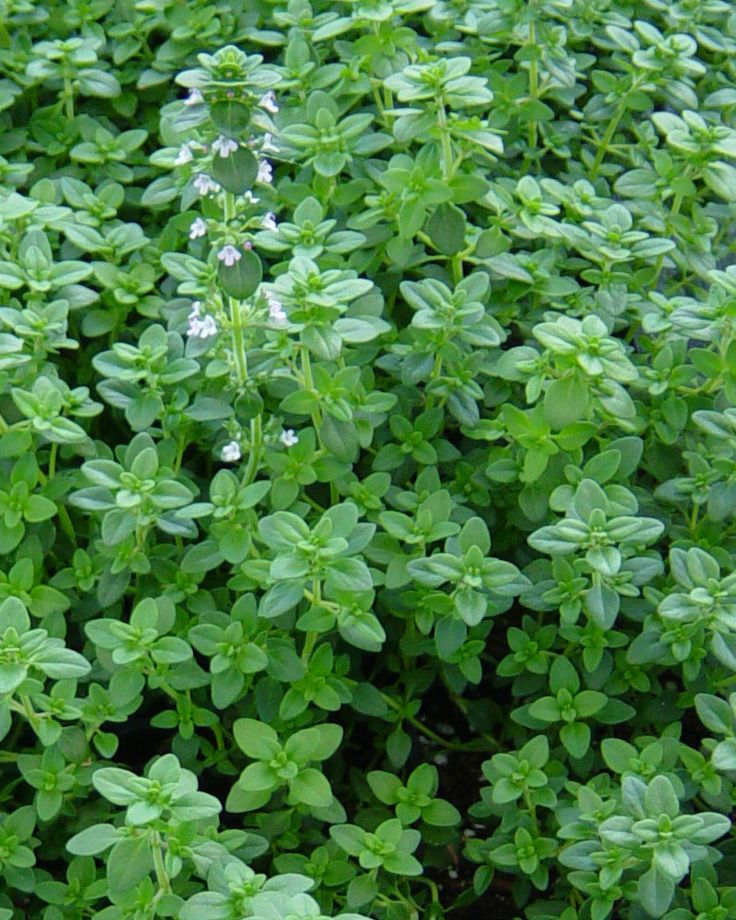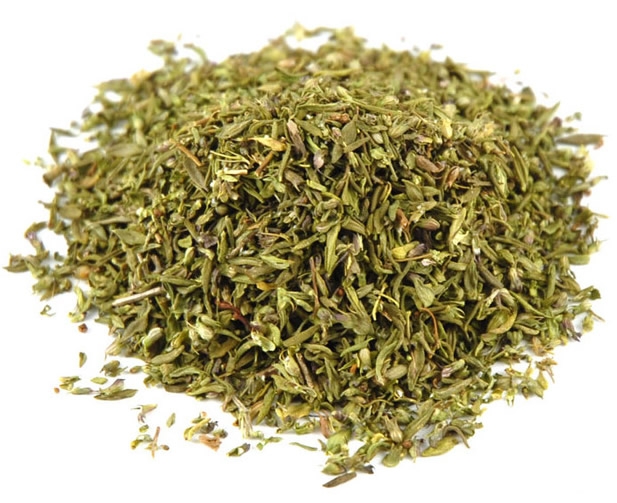Urinary incontinence
Urinary incontinence is unintentional loss of urine that is sufficient enough in frequency and amount to cause physical and/or emotional distress in the person experiencing it.
Approximately 13 million Americans suffer from urinary incontinence. Women are affected by the disorder more frequently than are men; one in 10 women under age 65 suffers from urinary incontinence.
A study published in late 2002 found that between 21% and 29% of adult women in the workforce reported at least one potongan of urinary incontinence each month. Older Americans, too, are more prone to the condition. Twenty percent of Americans over age 65 are incontinent. In general, the condition is underrecognized and undertreated.
There are five major categories of urinary incontinence: overflow, stress, urge, functional, and reflex:
In some cases, an individual may develop short-term or acute incontinence. Acute incontinence may occur as a symptom or byproduct of illness, as a side effect of medication, or as a result of dietary intake. The condition is typically easily resolved once the cause is determined and addressed.
Causes and symptoms
Urinary incontinence can be caused by a wide variety of physical conditions, including:
Acute incontinence is a temporary condition caused by a number of factors, including:
Diagnosis
Urinary incontinence may be diagnosed by a general practitioner, urologist, or gynecologist. If the patient is over age 65, a gerontologist may diagnose and treat the condition.
A thorough medical history and physical examination is typically performed, along with specific diagnostic testing to determine the cause of the incontinence. Diagnostic testing may include x rays, ultrasound, urine tests, and a physical examination of the pelvis.
It may also include a series of exams that measure bladder pressure and capacity and the urinary flow (urodynamic testing). The patient may also be asked to keep a diary to record urine output, frequency, and any episodes of incontinence over a period of several days or a week.
Treatment
Adjusting dietary habits and avoiding acidic and spicy foods, alcohol, caffeine, and other bladder irritants can help to prevent urinary leaking. The patient should eat recommended amounts of whole grains, fruits, and vegetables to avoid constipation.
Bladder training, used to treat urge incontinence, can also be a useful treatment tool. The technique involves placing a patient on a toileting schedule. The time interval between urination is then gradually increased until an acceptable time period between bathroom breaks is consistently achieved.
Therapies designed to strengthen the pelvic muscles are also recommended for the treatment of urinary incontinence. Pelvic toning exercises, known as Kegel or PC muscle exercises , can alleviate stress incontinence in both men and women. These exercises involve repeatedly tightening the muscles of the pelvic floor.
, can alleviate stress incontinence in both men and women. These exercises involve repeatedly tightening the muscles of the pelvic floor.
Biofeedback techniques can teach incontinent patients to control the urge to urinate. Biofeedback uses sensors to monitor temperature and muscle contractions in the vagina to help incontinent patients learn to increase their control over the pelvic muscles.
An infusion, or tea, of horsetail (Equisetum arvense) , agrimony (Agrimonia eupatoria)
, agrimony (Agrimonia eupatoria) , and sweet sumac (Rhus aromatica)
, and sweet sumac (Rhus aromatica) may be prescribed by an herbalist or naturopath to treat stress and urge incontinence. These herbs are natural astringents and encourage toning of the digestive and urinary tracts.
may be prescribed by an herbalist or naturopath to treat stress and urge incontinence. These herbs are natural astringents and encourage toning of the digestive and urinary tracts.
Other herbs, such as urtica or stinging nettle (Urtica urens) , plantain (Plantago major)
, plantain (Plantago major) , or maize (Zea mays) may be helpful. Homeopathic remedies may include pulsatilla and causticum. Chinese herbalists might recommend golden lock tea, a mixture of several herbs that helps the body retain fluids.
, or maize (Zea mays) may be helpful. Homeopathic remedies may include pulsatilla and causticum. Chinese herbalists might recommend golden lock tea, a mixture of several herbs that helps the body retain fluids.
Allopathic treatment
There are numerous invasive and noninvasive treatment options for urinary incontinence:
Expected results
Left untreated, incontinence can cause physical and emotional upheaval. Individuals with long-term incontinence suffer from urinary tract infections, and skin rashes and sores. Incontinence can also affect their self-esteem and cause depression and social withdrawal.
They frequently stop participating in physical activities they once enjoyed because of the risk of embarrassing “accidents.” However, with the wide variety of treatment options for incontinence available today, the prognosis for incontinent patients is promising. If incontinence cannot be stopped, it can be improved in the majority of cases.
Prevention
Women who are pregnant or who have gone through childbirth can reduce their risk for stress incontinence by strengthening their perineal area muscles with Kegel exercises. Men who have undergone prostate surgery may also benefit from pelvic muscle exercises. Men and women should consult with their doctor before initiating any type of exercise program.
Approximately 13 million Americans suffer from urinary incontinence. Women are affected by the disorder more frequently than are men; one in 10 women under age 65 suffers from urinary incontinence.
A study published in late 2002 found that between 21% and 29% of adult women in the workforce reported at least one potongan of urinary incontinence each month. Older Americans, too, are more prone to the condition. Twenty percent of Americans over age 65 are incontinent. In general, the condition is underrecognized and undertreated.
  |
There are five major categories of urinary incontinence: overflow, stress, urge, functional, and reflex:
- Overflow incontinence. Overflow incontinence is caused by bladder dysfunction. Individuals with this type of incontinence have an obstruction to the bladder or urethra, or a bladder that doesn’t contract properly. As a result, their bladders do not empty completely, and they have problems with frequent urine leakage.
- Stress incontinence. Stress incontinence occurs when an individual involuntarily loses urine after pressure is placed on the abdomen (i.e., during exercise, sexual activity, sneezing, coughing, laughing, or hugging).
- Urge incontinence. Urge incontinence occurs when a person feels a sudden need to urinate and cannot control the urge to do so. As a consequence, urine is involuntarily lost before the individual can get to the toilet.
- Functional incontinence. Individuals who have control over their own urination and have a fully functioning urinary tract, but cannot make it to the bathroom in time due to a physical or cognitive disability, are functionally incontinent. These individuals may suffer from arthritis, Parkinson’s disease, multiple sclerosis,or Alzheimer’s disease.
- Reflex incontinence. Individuals with reflex incontinence lose control of their bladder without warning. They typically suffer from neurological impairment.
In some cases, an individual may develop short-term or acute incontinence. Acute incontinence may occur as a symptom or byproduct of illness, as a side effect of medication, or as a result of dietary intake. The condition is typically easily resolved once the cause is determined and addressed.
Causes and symptoms
Urinary incontinence can be caused by a wide variety of physical conditions, including:
- Childbirth. Childbirth can stretch the pelvic muscles and cause the bladder to lose some support from surrounding muscles, resulting in stress incontinence.
- Dysfunction of the bladder and/or the urinary sphincter. In a continent individual, as the bladder contracts, the outlet that releases urine into the urethra (bladder sphincter) opens and urine exits the body. In individuals with overflow incontinence, bladder contractions and dilation of the sphincter do not occur at the same time.
- Enlarged prostate. In men, an enlarged prostate gland can obstruct the bladder, causing overflow incontinence.
- Hysterectomy or other gynecological surgery. Any surgery involving the urogenital tract runs the risk of damaging or weakening the pelvic muscles and causing incontinence.
- Menopause. The absence of estrogen in the postmenopausal woman can cause the bladder to drop, or prolapse.
- Neurological conditions. The nervous system sends signals to the bladder telling it when to start and stop emptying. When the nervous system is impaired, incontinence may result. Neurological conditions such as multiple sclerosis, stroke, spinal cord injuries, or a brain tumor may cause the bladder to contract involuntarily, expelling urine without warning, or to cease contractions completely, causing urinary retention.
- Obesity. Persons who are overweight have undue pressure placed on their bladder and surrounding muscles.
- Obstruction. A blockage at the bladder outlet may permit only small amounts of urine to pass, resulting in urine retention and subsequent overflow incontinence. Tumors, calculi, and scar tissue can all block the flow of urine. A urethral stricture, or narrow urethra caused by scarring or inflammation, may also result in urine retention.
Acute incontinence is a temporary condition caused by a number of factors, including:
- Bladder irritants. Substances in the urine that irritate the bladder may cause the bladder muscle to malfunction. The presence of a urinary tract infection and the ingestion of excess caffeine can act as irritants. Highly concentrated urine resulting from low fluid intake may also irritate the bladder.
- Constipation. Constipation can cause incontinence in some individuals. Stool that isn’t passed presses against the bladder and urethra, triggering urine leakage.
- Illness or disease. Diabetes can greatly increase urine volume, making some individuals prone to incontinence. Other illnesses may temporarily impair the ability to recognize and control the urge to urinate, or to reach the toilet in time to do so.
- Medications and alcohol. Medications that sedate, such as tranquilizers and sleeping pills, can interfere with the proper functioning of the urethral nerves and bladder. Both sedatives and alcohol can also impair an individual’s ability to recognize the need to urinate, and act on that need in a timely manner. Other medications such as diuretics, muscle relaxants, and blood pressure medication can also affect bladder function.
- Surgery. Men who undergo prostate surgery can suffer from temporary stress incontinence as a result of damage to the urethral outlet.
Diagnosis
Urinary incontinence may be diagnosed by a general practitioner, urologist, or gynecologist. If the patient is over age 65, a gerontologist may diagnose and treat the condition.
A thorough medical history and physical examination is typically performed, along with specific diagnostic testing to determine the cause of the incontinence. Diagnostic testing may include x rays, ultrasound, urine tests, and a physical examination of the pelvis.
It may also include a series of exams that measure bladder pressure and capacity and the urinary flow (urodynamic testing). The patient may also be asked to keep a diary to record urine output, frequency, and any episodes of incontinence over a period of several days or a week.
Treatment
Adjusting dietary habits and avoiding acidic and spicy foods, alcohol, caffeine, and other bladder irritants can help to prevent urinary leaking. The patient should eat recommended amounts of whole grains, fruits, and vegetables to avoid constipation.
Bladder training, used to treat urge incontinence, can also be a useful treatment tool. The technique involves placing a patient on a toileting schedule. The time interval between urination is then gradually increased until an acceptable time period between bathroom breaks is consistently achieved.
Therapies designed to strengthen the pelvic muscles are also recommended for the treatment of urinary incontinence. Pelvic toning exercises, known as Kegel or PC muscle exercises
Biofeedback techniques can teach incontinent patients to control the urge to urinate. Biofeedback uses sensors to monitor temperature and muscle contractions in the vagina to help incontinent patients learn to increase their control over the pelvic muscles.
An infusion, or tea, of horsetail (Equisetum arvense)
Other herbs, such as urtica or stinging nettle (Urtica urens)
 |
| Urinary incontinence infographic |
Allopathic treatment
There are numerous invasive and noninvasive treatment options for urinary incontinence:
- Behavior modification therapy. Behavior modification is a psychological approach to the treatment of urinary incontinence in which patients gradually increase the length of the time interval between voidings and “retrain” the bladder in other ways. It is reported to be highly effective in treating urge incontinence.
- Collagen injections. Collagen injected in the tissue surrounding the urethra can provide urethral support for women suffering from stress incontinence.
- External occlusive devices. A new single-use disposable urethral cap is available without a prescription as of late 2002 for women suffering from stress urinary incontinence. The cap is noninvasive and appears to be quite effective in managing incontinence.
- Inflatable urethral insert. Sold under the tradename Reliance, this disposable incontinence balloon for women is inserted into the urethra and inflated to prevent urine leakage.
- Intermittent urinary catheterization. This procedure involves the The periodic insertion of a catheter into a patient’s bladder to drain urine from the bladder into an attached bag or container.
- Medication. Estrogen hormone replacement therapy can help improve pelvic muscle tone in postmenopausal women. Other medications, including flurbiprofen, capsaicin and botulinum toxin, are sometimes prescribed to relax the bladder muscles or to tighten the urethral sphincter. As of late 2002, newer medications for the treatment of urinary incontinence are undergoing clinical trials. One of these drugs, duloxetine, differs from present medications in targeting the central nervous system’s control of the urge to urinate rather than the smooth muscle of the bladder itself.
- Perineal stimulation. Perineal stimulation is used to treat stress incontinence. The treatment uses a probe to deliver a painless electrical current to the perineal area muscles. The current tones the muscle by contracting it.
- Permanent catheterization. A permanent, or indwelling, catheter may be prescribed for chronic incontinence that doesn’t respond to other treatments.
- Sacral nerve stimulation (SNS). Also known as sacral neuromodulation, SNS is a procedure in which a surgeon implants a device that sends continuous stimulation to the sacral nerves that control the urinary sphincter. The FDA approved sacral nerve stimulation for the treatment of urinary urge incontinence in 1997 and for urinary frequency in 1999.
- Surgery. Bladder neck suspension surgery is used to correct female urinary stress incontinence. Bladder enlargement surgery may be recommended to treat incontinent men and women with unusually small bladders.
- Urinary sphincter implant. An artificial urinary sphincter may be used to treat incontinence in men and women with urinary sphincter impairment.
- Vaginal inserts. Devices constructed of silicone or other pliable materials can be inserted into a woman’s vagina to support the urethra.
Expected results
Left untreated, incontinence can cause physical and emotional upheaval. Individuals with long-term incontinence suffer from urinary tract infections, and skin rashes and sores. Incontinence can also affect their self-esteem and cause depression and social withdrawal.
They frequently stop participating in physical activities they once enjoyed because of the risk of embarrassing “accidents.” However, with the wide variety of treatment options for incontinence available today, the prognosis for incontinent patients is promising. If incontinence cannot be stopped, it can be improved in the majority of cases.
Prevention
Women who are pregnant or who have gone through childbirth can reduce their risk for stress incontinence by strengthening their perineal area muscles with Kegel exercises. Men who have undergone prostate surgery may also benefit from pelvic muscle exercises. Men and women should consult with their doctor before initiating any type of exercise program.

